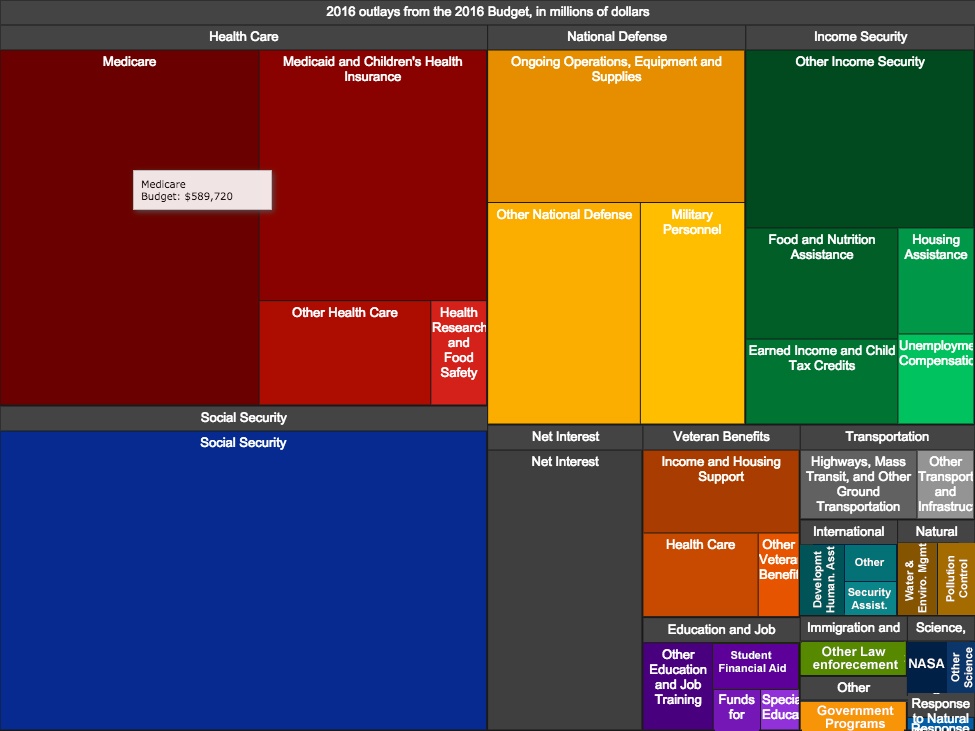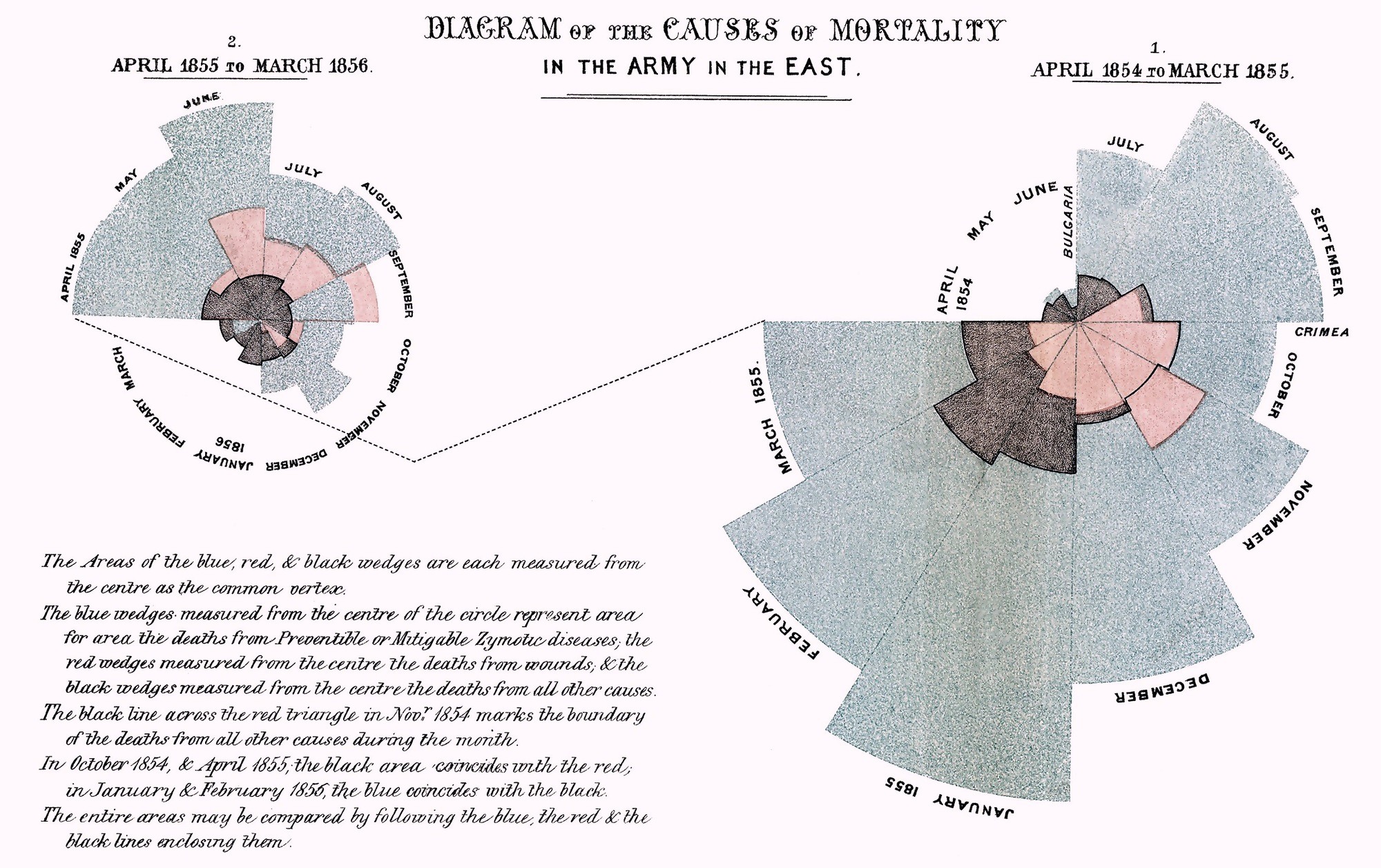DATA: analysis and visualisation
- The image file may be corrupted
- The server hosting the image is unavailable
- The image path is incorrect
- The image format is not supported
Biopower
> the set of mechanisms through which the basic biological features of the human species became the object of a political strategy, of a general strategy of power, or, in other words, how, starting from the eighteenth century, modern western societies took on board the fundamental biological fact that human beings are a species.<
Foucault 1978
Biopolitics
> “What we are dealing with in this new technology of power is not exactly society (or at least not the social body, as defined by the jurists), nor is it the individual body. It is a new body, a multiple body, a body with so many heads that, while they might not be infinite in number, cannot necessarily be counted. Biopolitics deals with the population, with the population as a political problem, as a problem that is at once scientific and political, as a biological problem and as power’s problem.”
M. Foucault (1976:245)

Chart based on concepts introduced by Patricia Hill Collins in Black Feminist Thought: Knowledge, Consciousness, and the Politics of Empowerment (D'Ignazio & Klein 2020: 25)
Data Analysis
a process of evaluating data using analytical and statistical tools to discover useful information.
Different methods and tools can be used including data mining, data collection, text analytics, business intelligence, data visualisations, etc.
"Procedures for analyzing data, techniques for interpreting the results of such procedures, ways of planning the gathering of data to make its analysis easier, more precise or more accurate, and all the machinery and results of (mathematical) statistics which apply to analyzing data.”
John Tukey 1961
"Data are not useful in and of themselves. They only have utility if meaning and value can be extracted from them. In other words it is what is done with data that is important, not simply that they are generated. The whole of science is based on realising meaning and value from data."
Kitchin 2014: 100
making sense of data

Data Analysis (for search portrait)
define your question(s)
decide what and how to measure
collect data
analyse your data
interpret results
Data Visualization
Data visualisation is a graphic form of representation of data. Images are created to show relations between different data points.
W.E.B Dubois contribution about African American life to the Exposition Universelle at the Paris World Fair of 1900


US Government Budget

Florence Nightingale's visualisation of mortality in Crimean War (1854-55)

Search Portrait

Data Analysis (for search portrait)
define your question(s)
decide what and how to measure
collect data
analyse your data
interpret results
Reading your data
Fill out the following pieces of data about yourself (15 mins)
- choose 3 categories/folders and choose 5-10 data points in each category
- visualise this data in some way
Group Discussion (10mins)
why these categories? what have you found out?
what is surprising in your choices and what in choices of others?
after reading your data, what question(s) might be good to ask?
